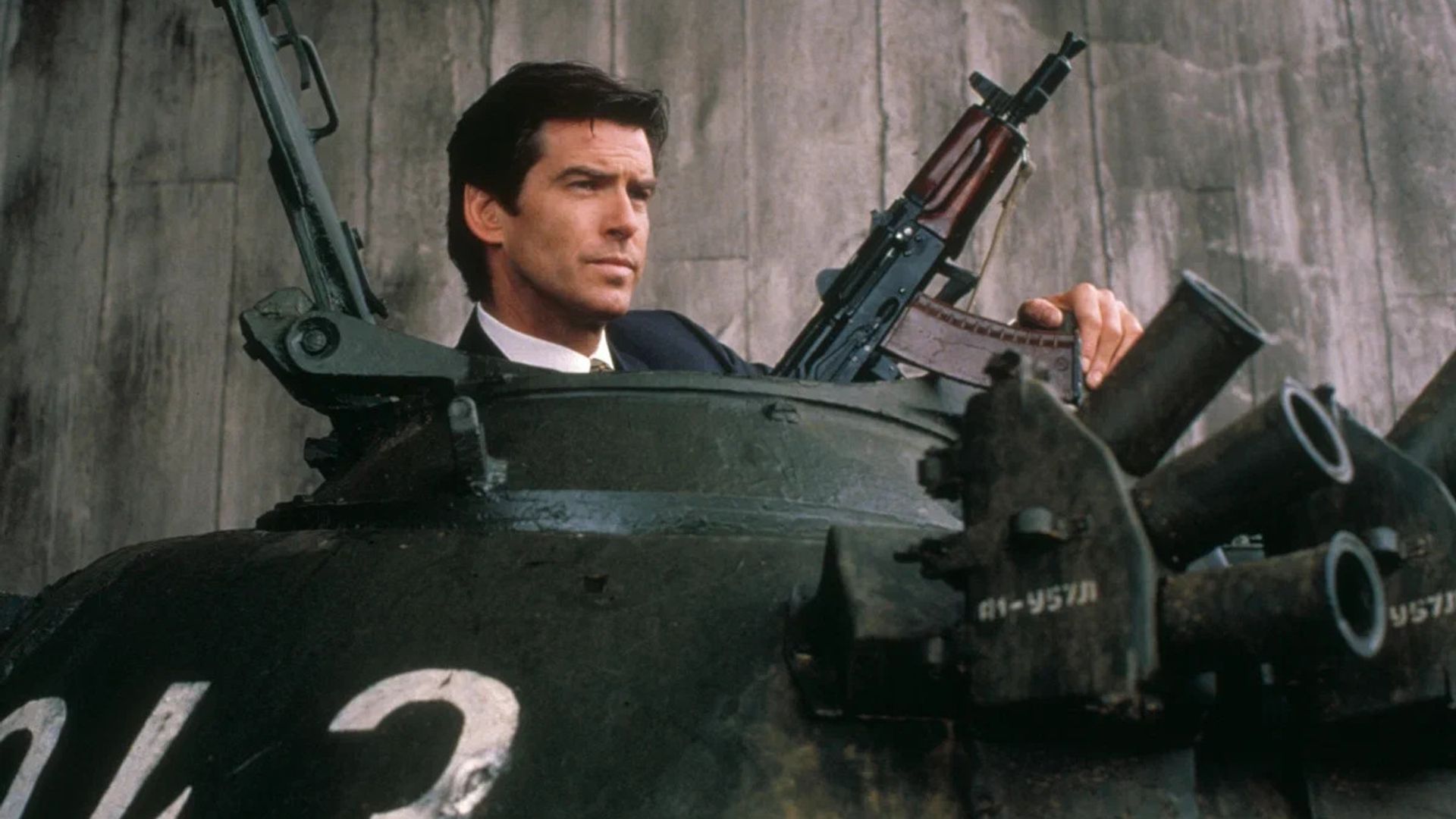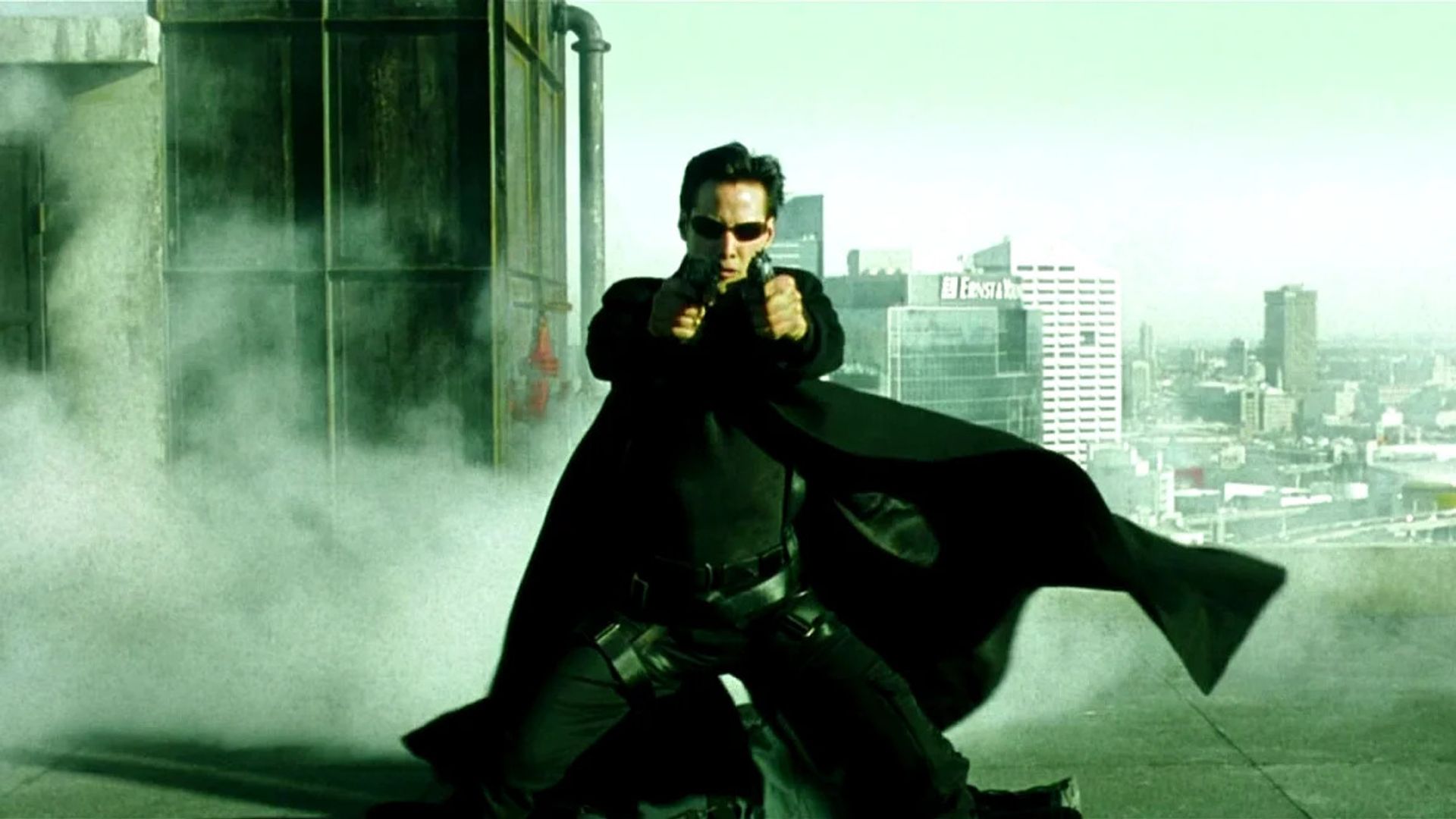Forgotten Classic
Even those who only have a passing interest in cinema have heard of "The Seventh Seal." "Scenes from a Marriage" has long been quoted extensively. But "The Passion of Anna" is material for advanced cinephiles.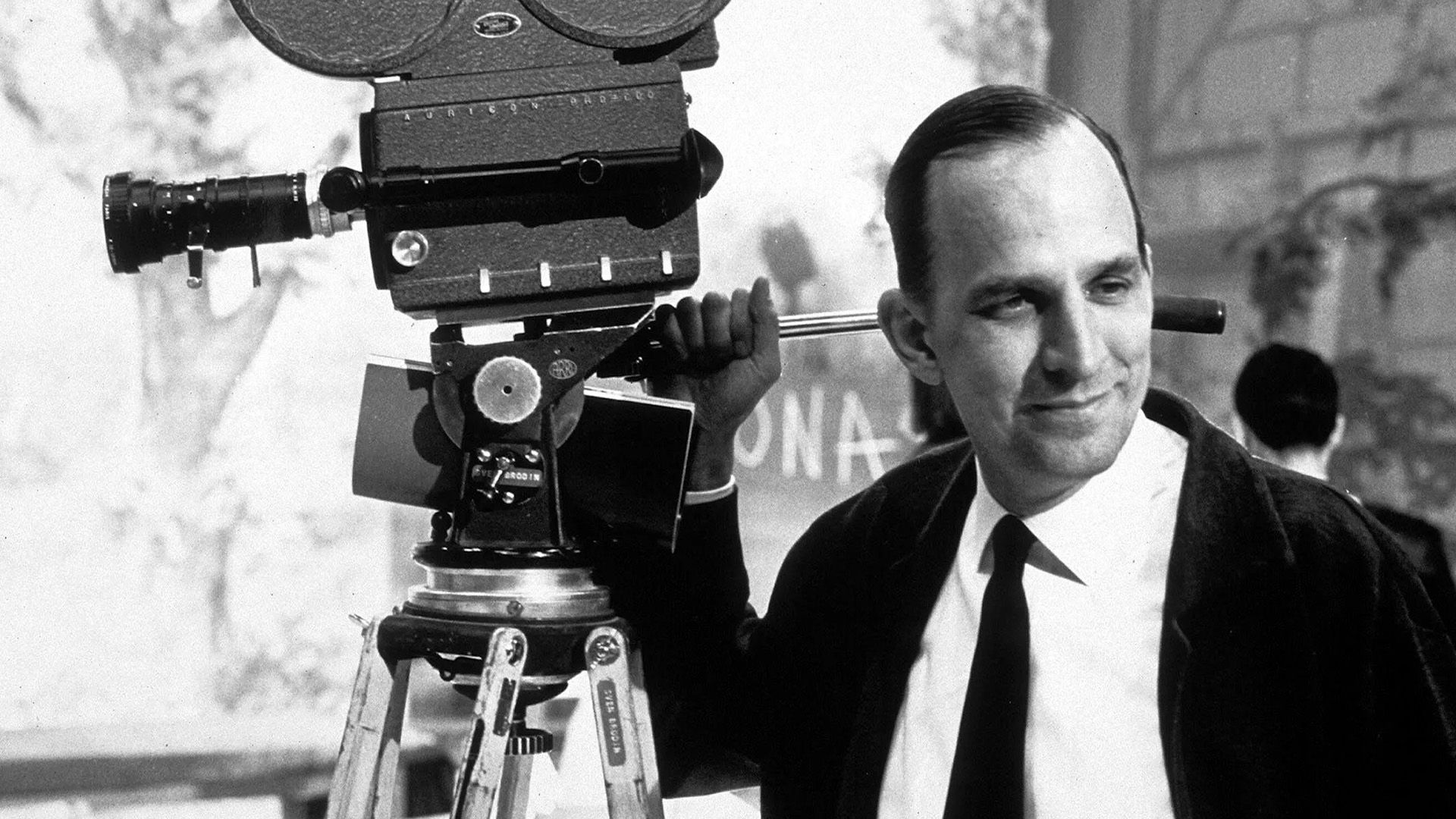
Source:
bigother.com
Drama Among Cold Landscapes
The film's plot unfolds on the island of Fårö—a small, desolate piece of land in the Baltic Sea. The director himself lived on this island for almost 40 years and created many of his films there. "The Passion of Anna," for instance, literally grew out of the sets of his previous film "Shame" (1968).The main characters of the film are architect Elis, his wife Eva, and their friend Anna. Their quiet life is disrupted by divorced Andreas, and everything immediately goes awry. Eva becomes his lover, and Anna becomes a close friend. As time goes on, more emotions and pain intertwine in this strange polygon.
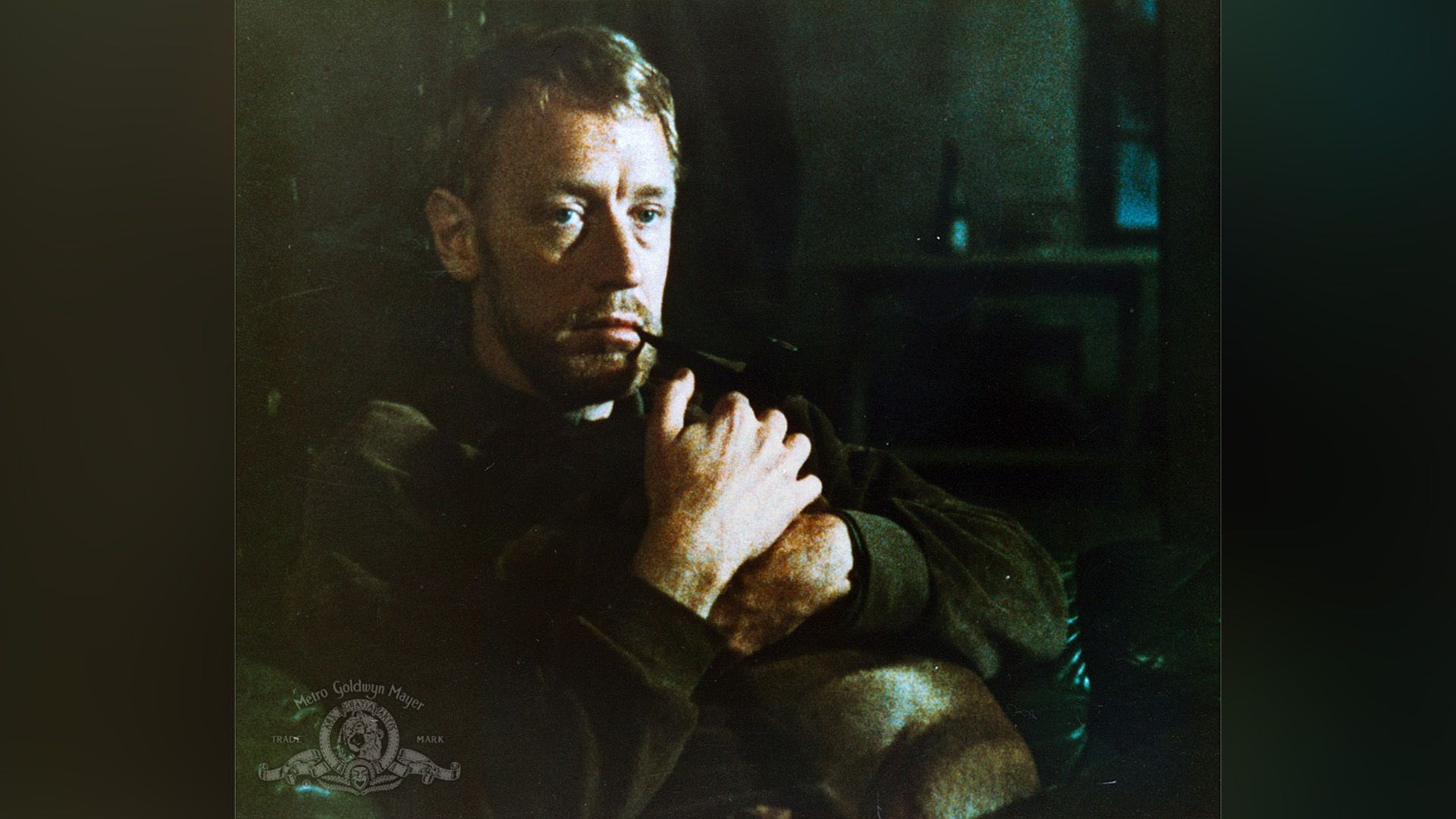
Source:
imdb.com
When Nature Speaks for the Characters
In "The Passion of Anna," the landscapes are not just a backdrop but a distinct, living, and ruthless character. Gray horizons, empty shores, and the wind that literally pierces through the screen... The island conveys more to the viewer than the words of the characters. The black-and-white scene by the fire, where the wind literally tears words from the lips, still gives chills.Genre Freedom and Experiments
Try to briefly explain what this genre is, and it won't work. It's simultaneously a drama, a psychological thriller, a detective story, and a philosophical parable. Bergman doesn't provide ready answers, nor does he divide characters into "bad" and "good." He simply offers a glimpse into their souls—and it's not guaranteed you'll like what you see. In the British archive BFI, "The Passion of Anna" is listed as one of Bergman's most visually daring experiments. The film lacks conventional chronological narration. Time jumps, and storylines break off before they even begin.Bergman also adds interviews with actors to the film—they talk about their characters as if it's a documentary. In the 60s, this direct address to the audience seemed so bold that it blew their minds.
Stars On and Off Screen
The cast is a dream for any Bergman fan: Max von Sydow, Liv Ullmann, Bibi Andersson, and Erland Josephson. However, what adds a special touch is that Bergman and Ullmann were in a romantic relationship during filming — although it was already falling apart.The personal drama of the director and actress is almost physically felt on screen. "He said, 'You and I, we are painfully connected.' He was 21 years older than me and going through a crisis, while I was just starting my journey. But he felt that I could play a woman who would express what he feels," Liv shares in an interview with a magazine about fashion, art, and culture AnOther.
"Speaking" Colors
This is Bergman's second color film, and it looks so captivating that you want to pause and examine each frame constantly. Instead of the surreal acidic tones that many favored at the time, the director chooses a muted palette—ochre, gray, dark green. Only occasionally does the screen literally explode with blood-red—the color of desire, pain, fear.Here we can also appreciate the incredible blue of Ullmann's eyes for the first time—her previous films were in black and white. The director gives us a chance to admire them during a five-minute monologue, shown entirely in close-up.
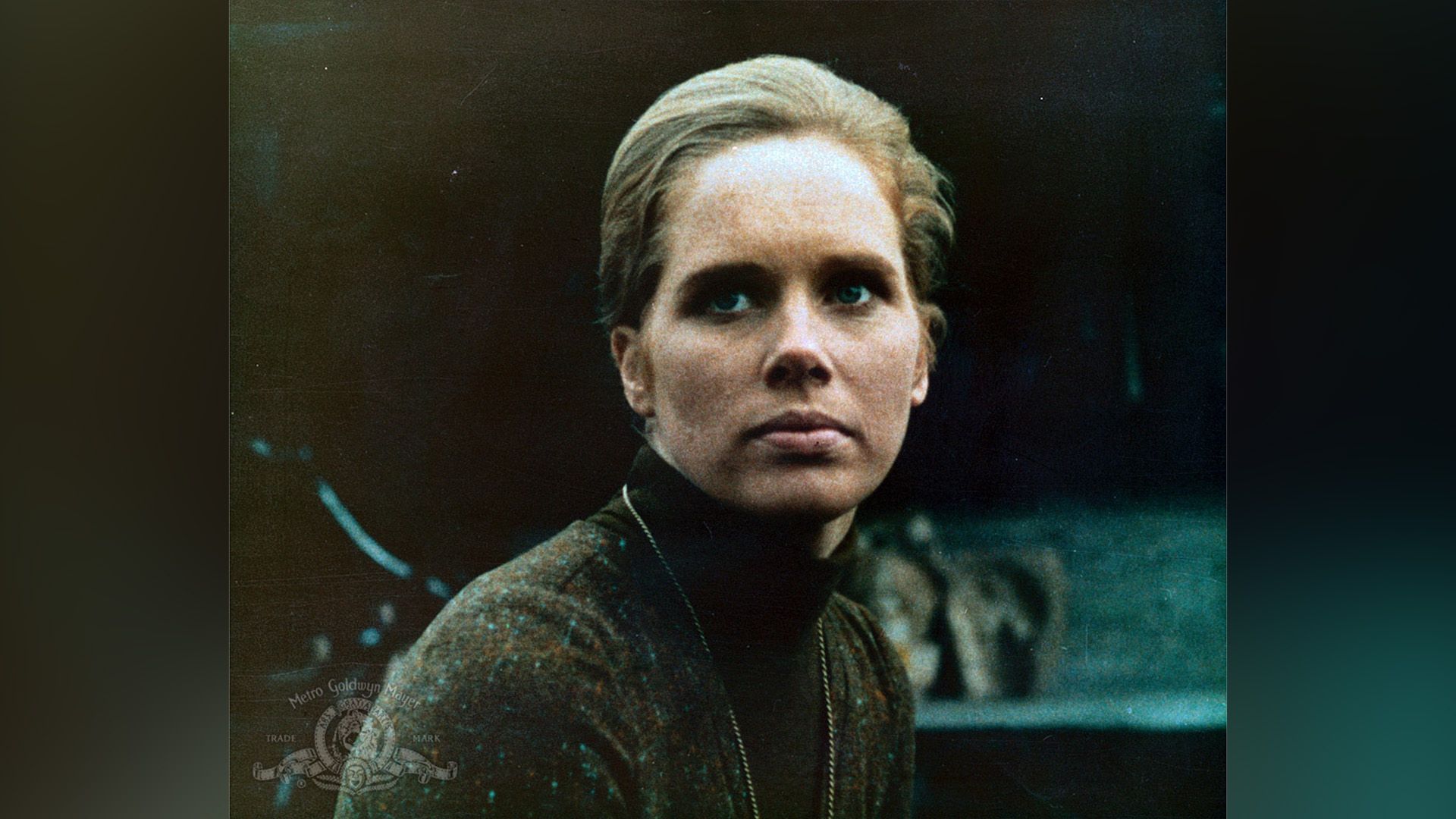
Source:
imdb.com
Why is it important today?
"The Passion of Anna" is a film that never ages. Today, with Scandinavian noir in vogue, Bergman's film feels surprisingly modern — the same cold landscapes, hidden emotions, and dark secrets. It's a must-watch if you enjoyed May el-Touky's drama "Queen of Hearts" (2019) — the Scandinavian prose of life in both cases hits a nerve.The film poses questions that concern us even now — how to cope with loneliness, how to understand oneself, how not to break when everything goes to hell. It's no wonder film critic Sam Jordison wrote that it is a "powerful, profound work of art," and Roger Ebert included "The Passion of Anna" in the top ten films of 1969. Just give this film a chance — and it might become your personal discovery.


